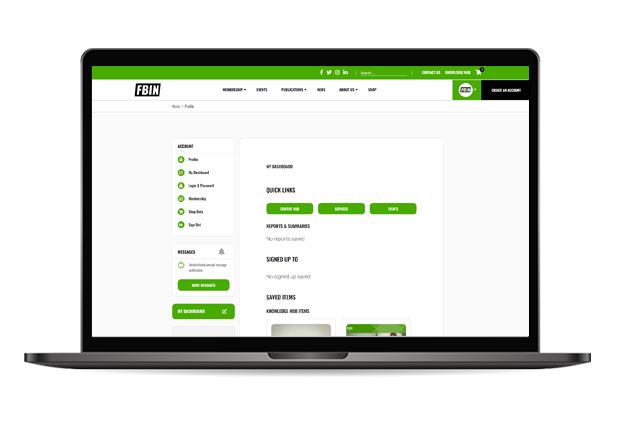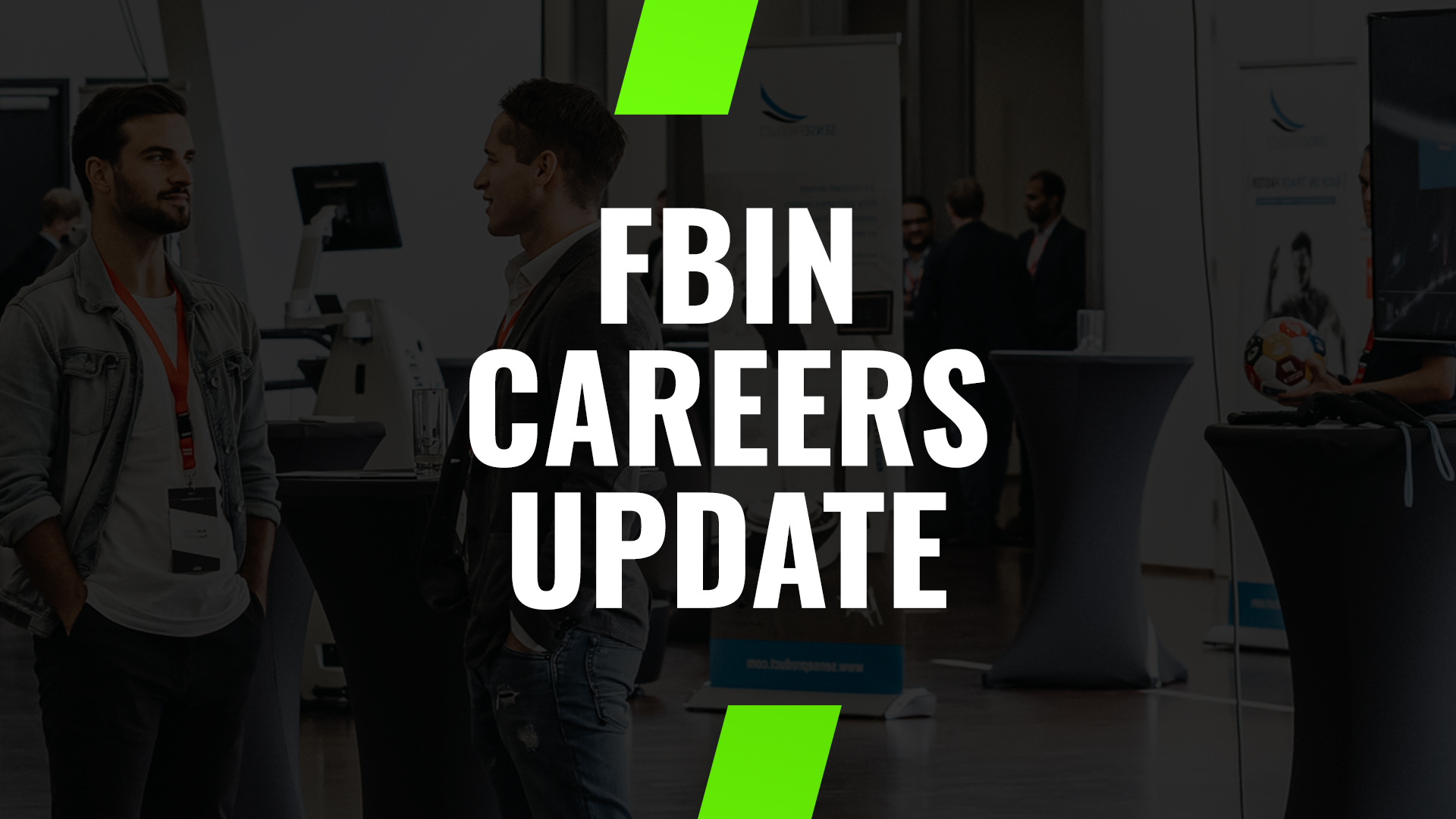ReSpo.Vision is a technology provider that specializes in 3D tracking data and AI-powered solutions for football clubs. Their cutting-edge technology has revolutionized the way football clubs analyze and recruit players, and even engage with fans. We recently had the opportunity to chat with Pawel Osterreicher, CEO & Co-founder of ReSpo.Vision, about the incredible potential of 3D tracking data and how it can help shape the future of football.
By Quang T. Pham
Can you explain what ReSpo.Vision does in the simplest way possible?
At ReSpo.Vision, our technology captures detailed 3D player data from football games using AI-based optical tracking tools. This allows us to generate 3D tracking data from a single camera, regardless of its type, providing a comprehensive and scalable solution for clubs interested in analyzing games. The data we capture can be used to analyze team or player performance, aid in player recruitment, and prevent injuries. For example, we can provide information about a player’s speed, accuracy, and performance in different situations. Our technology also allows us to identify players at risk of injury based on their performance and take preventive measures.
What exactly is 3D tracking data, and how does it differ from traditional data?
Basically, 3D tracking data is a way of collecting data that adds a third dimension to traditional 2D data. What’s cool about this is that it unlocks a lot more information about the human body that you can’t get with just 2D data. Instead of just tracking a player’s location and movement, 3D tracking can also capture information about multiple body parts (in our case over 50) such as arms, legs, forehead, eyes, and more. This additional information allows us to gain a better understanding of the human body and reveal movement patterns and depth events that can only be understood in 3D. For example, 3D tracking data is particularly useful for assessing certain player behaviors such as a midfielder’s area scanning before making a pass or a player’s body orientation during pressing activities.
Traditional tracking data is limited to just movement between players and cannot capture these additional details. Though the use of 3D tracking data is still relatively new, as more clubs and organizations begin to work with it, new advantages and applications will be discovered soon.

How could 3D tracking data be utilized in the business aspects of football, such as fan engagement?
Absolutely, 3D tracking data can greatly enhance fan engagement and immersion. By capturing detailed 3D player data, including body parts, and doing so with an error rate of less than a few centimeters, we can create a virtual environment for actual games. This digital world has no limitations on the perspective or camera angles, as it’s not constrained by the placement of physical cameras. For example, we can replay a goal-scoring situation like Lewandowski’s clinical finish or Haaland’s stunning volley from a striker’s or a goalkeeper’s perspective, giving viewers a more immersive and personalized experience. This can also be used to create personalized highlights for fans who nowadays would prefer shorter forms of content.
Then there is the potential for a virtual stadium powered by AR/VR technology, where we can recreate a real-life game in a virtual environment and sell tickets to fans outside of the area. This could include offering more expensive tickets that allow viewers to watch the game from the perspective of the head coach or the bench, or even position themselves at the center of the pitch and look around to see the game flow around them. While this is likely a long-term goal, it’s an exciting opportunity to explore.

In what aspects can football clubs, leagues, and federations benefit from ReSpo.Vision’s technology?
I would say there will be 3 key aspects:
Recruitment and Scouting: Imagine you’re scouting a player from a league outside of your own. Traditionally, you would log into a platform like Wyscout, find clips of the player, and basic statistics, and manually capture event data. However, this approach provides only a limited understanding of a player’s abilities. With ReSpo.Vision’s 3D tracking technology, clubs, and teams can obtain physical metrics like high-intensity runs, number of sprints, acceleration, top speed, and distance covered, even for young or inexperienced players. This information is crucial for player recruitment and can help clubs identify players who are a good fit for their team.
Coaching and Performance Analysis: Every team has its own tactical style, and coaches need to ensure that their players are able to execute it effectively. However, it can be challenging to coach players based solely on a high-level understanding of statistics and events. ReSpo.Vision’s 3D tracking data can provide coaches with a more detailed understanding of a player’s behavior on the pitch, such as their body orientation and where they are looking. This information can be used to identify areas where players need to improve and help coaches provide more targeted feedback.
Tactical Analysis: Apart from physical measures, ReSpo.Vision technology can provide detailed metrics for pressing and other tactical capabilities. Clubs can use this information to determine if a player fits within their tactical style and if they have the necessary capabilities to perform certain tasks. These detailed metrics are hard to obtain from traditional data sources and can provide a significant advantage in player recruitment and scouting.
What would you say are the unique selling points (USP) of ReSpo.Vision among lots of sport tech companies out there?
Our biggest unique selling point at ReSpo.Vision is the combination of detailed 3D tracking data and insights that were previously only available to the top sports organization with in-house data science teams.
ReSpo.Vision is much more affordable, scalable, and accurate, making it one of the best in the market. We don’t need 20 cameras to deploy in a stadium, and we can analyze any game at any time, which makes our solution much more accessible to mid and- smaller-sized teams.
Furthermore, the solution can process the data for you, so you don’t have to worry about building a huge data science team or hiring five data scientists to understand the data. This accessibility to in-depth analytics is our biggest selling point. We believe that any ambitious organization that wants to make use of this data can benefit from our solution.
Why did ReSpo.Vision decide to join FBIN’s Football Business Network?
We believe that FBIN has the ideal network and exact type of clubs and organizations we are looking to partner up with. These organizations are ambitious and willing to improve themselves, exchange knowledge, and maintain a competitive advantage. We are confident that our solution can help with many of the use cases they face, such as player recruitment, performance analytics, and fan engagement. We have been developing our solution for the last two years and are feeling comfortable with the product right now. I also think ReSpo.Vision is a good fit for FBIN Network, and we’re excited about the partnership opportunities here.
What kind of skill set and mentality should football organizations prepare to embrace AI and similar advanced technologies?
First, football organizations should not be afraid of the perceived complexity of technology. This can be achieved by adopting an open-minded mentality and a willingness to experiment with new technology.
Secondly, hiring individuals who are fluent in data analytics and AI is another key step in embracing these technologies. These individuals can help to understand the use cases and benefits of the technology and can provide valuable insights that the organization may not have considered otherwise.
Lastly, partnering up with competent tech vendors is essential to obtaining a competitive advantage. It is crucial to leverage the knowledge and expertise of others who are already fluent in the technology and can help guide the organization in the right direction. In case of budget constraints, this can be treated as an alternative to building your own in-house capabilities.


 Upgrade to Premium Now
Upgrade to Premium Now







